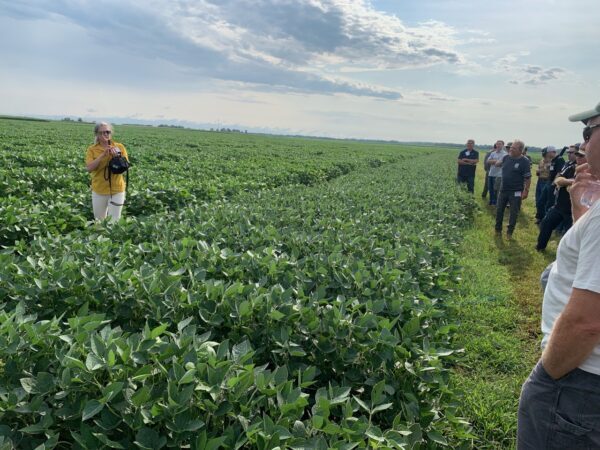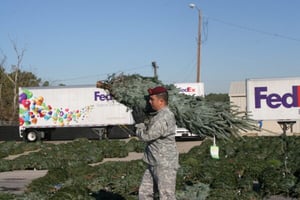A Democrat and Republican in the House have teamed up to propose legislation that would provide new...
See & Spray Technology Impacting Soybean Traits

Advancements in spraying technology are bringing changes to soybean traits.
Katy Martin-Rainey, professor of soybean genetics at Purdue, says current soybean varieties don’t hold up well against most pre-emergent herbicides, but that needs to change.
“See and Spray technology is something that everyone is quite excited about because we have a lower herbicide application overall in the field.” She says, “If you start to get a lot of weeds in your field, then the See and Spray is not as effective. And so, the soybeans will probably be getting higher doses of pre-emergent herbicides, and they are not resistant to them.” That’s why she’s using drones to evaluate and selectively breed new varieties with improved herbicide resilience.
“Drone-based metrics that make a decision that Yes or No, this is resilient,” she says. “We’re in the process of sort of validating all of that, and then we’ll be able to select more resilient soybeans.”
Martin-Rainey says utilizing drone sensing has greatly increased efficiency in the trait selection process, and it’ll help speed development of new soybean varieties.
EDITOR’S TAKE:
This is clearly evidence that agricultural research is continuing to advance new plant varieties specifically adapted to technological breakthroughs like See and Spray. What the researchers are saying makes sense and will certainly help increase the yields of soybeans going forward. Also, the article underscores precisely why ag research is critical to the future success of the industry.
We are always proud when one of our key supporters like John Deere is leading the way with industry leading technology that is not only more sustainable but leads to other important breakthroughs. Many of our AgPack® partners are leaders in their field and bring tremendous value to the CAD program as well. Be sure to stay up to date on the latest partnerships with exclusive deals that are now approaching nearly $50,000 of potential rebates and discounts to your farmer/rancher customers.








